We put the Xiaomi 13 Pro through our rigorous DXOMARK Audio test suite to measure its performance both at recording sound using its built-in microphones, and at playing audio back through its speakers.
In this review, we will break down how it fared in a variety of tests and several common use cases.
Overview
Key audio specifications include:
- Two speakers (Top front, bottom side)
- No Jack audio output
Scoring
Sub-scores and attributes included in the calculations of the global score.
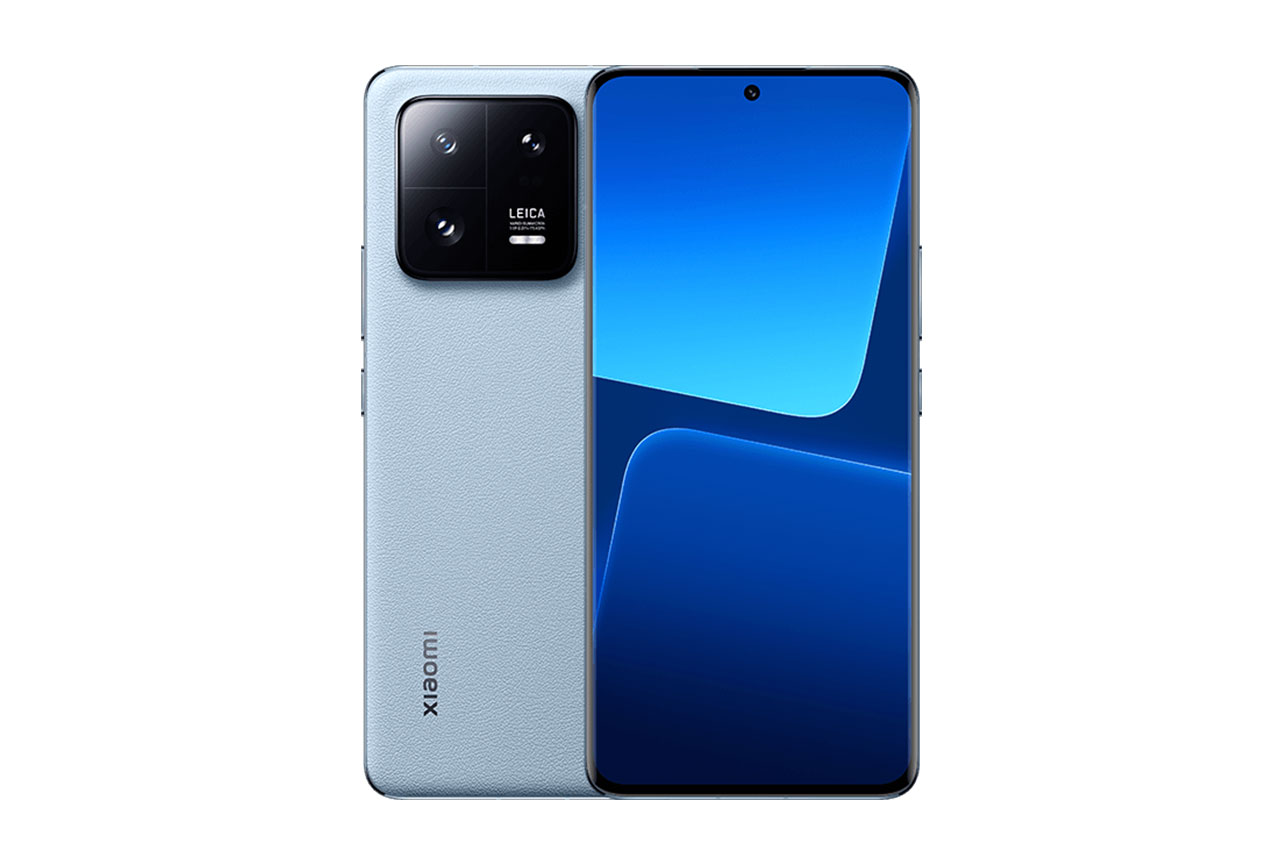
Xiaomi 13 Pro


 23rd
23rd 16th
16thPlayback
Pros
- Overall good timbre performance
- Good and realistic dynamics performance
- Nearly free of unwanted audio artifacts
Cons
- Sound scene could be wider
- Lack of low-end extension
Recording
Pros
- Good timbre and intelligibility overall
- Good spatial performance overall
- Good and realistic dynamics performance
Cons
- Quite prone to wind noise, audio quality suffers noticeably in moderate and strong wind
- Pumping and distortion when capturing loud sound
In our DXOMARK Audio tests, the Xiaomi 13 Pro did well, performing reliably across all playback and recording use cases. It offered a pleasant listening experience via the built-in speakers, making it an excellent option for music consumption and gaming, as well as movie watching. This said, limited wideness of the projected sound scene meant the stereo experience was not as immersive as with some of its rivals.
Good to great performances across pretty much all test attributes make the Xiaomi a great pick for sound recording, but potential users should keep in mind that, due to compression and distortion, it’s not very suitable for recording at high sound pressure levels, for example, concerts and other loud events. Wind noise could also be an issue, but other than that, the Xiaomi 13 Pro audio recordings offered great quality.
Test summary
About DXOMARK Audio tests: For scoring and analysis in our smartphone audio reviews, DXOMARK engineers perform a variety of objective tests and undertake more than 20 hours of perceptual evaluation under controlled lab conditions.
(For more details about our Playback protocol, click here; for more details about our Recording protocol, click here.)
The following section gathers key elements of our exhaustive tests and analyses performed in DXOMARK laboratories. Detailed performance evaluations under the form of reports are available upon request. Do not hesitate to contact us.
Playback
Xiaomi 13 Pro
163
DXOMARK engineers test playback through the smartphone speakers, whose performance is evaluated in our labs and in real-life conditions, using default apps and settings.
The Xiaomi 13 Pro performed overall well as an audio playback device. Tonal balance was good, despite slightly limited high-end extension and a resulting lack of brightness. Overall treble was still good, though. Midrange was clean and natural, and bass sounded overall pleasant, despite a fairly lackluster low-end. Dynamic performance was good overall, with a sharp attack, good bass precision and a powerful punch. In terms of spatial performance, the Xiaomi 13 Pro did well for localizability, balance, and depth rendering, but given the excellent results in these categories, our testers would have expected the device to render a wider soundscape.
A well-tuned minimum volume setting meant that even high dynamic range content could be easily consumed, and max volume was loud enough for all use cases. In addition, the device was mostly free of unwanted audio artifacts, with only some light distortion and compression at maximum volume.
Listen to the tested smartphone’s playback performance in this comparison with some of its competitors:

Timbre
Xiaomi 13 Pro
158
The Timbre score represents how well a phone reproduces sound across the audible tonal range and takes into account bass, midrange, treble, tonal balance, and volume dependency. It is the most important attribute for playback.

Dynamics
Xiaomi 13 Pro
149
The Dynamics score measures the accuracy of changes in the energy level of sound sources, for example how precisely a bass note is reproduced or the impact sound from drums.
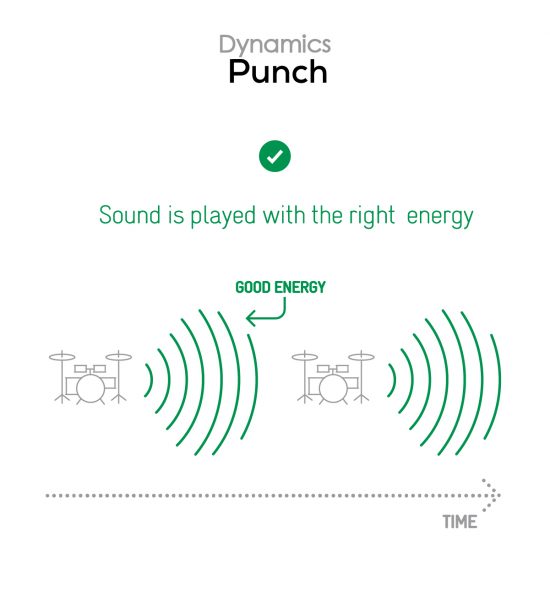
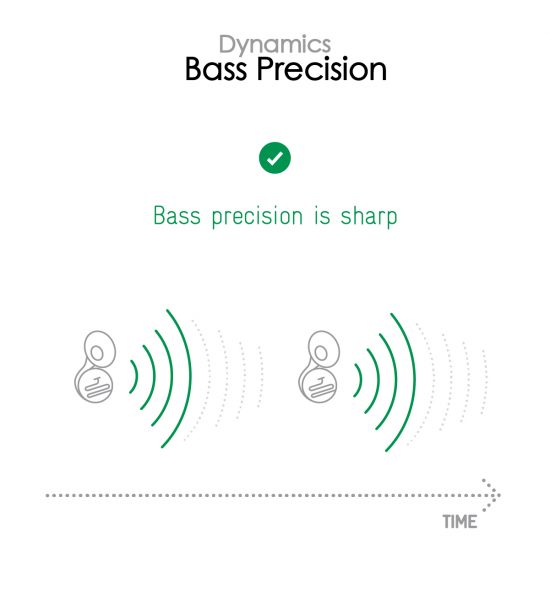

Spatial
Xiaomi 13 Pro
162
The sub-attributes for spatial tests include pinpointing a specific sound's location, its positional balance, distance, and wideness.

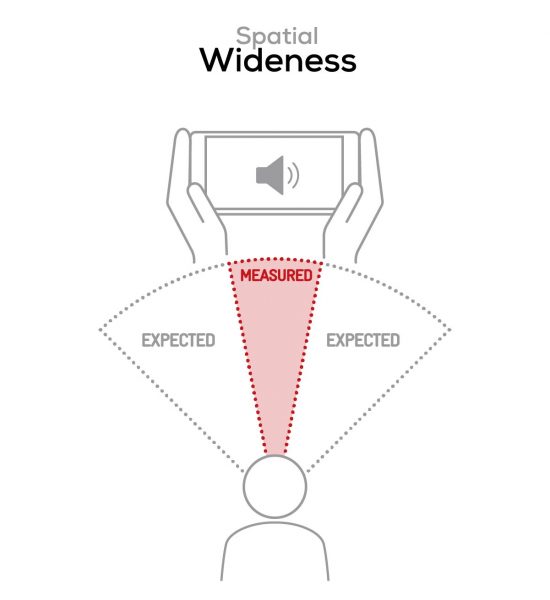

Volume
Xiaomi 13 Pro
162
The Volume score represents the overall loudness of a smartphone and how smoothly volume increases and decreases based on user input.
| Hip-Hop | Classical | |
| Xiaomi 13 Pro | 72.5 dBA | 68.9 dBA |
| Apple iPhone 14 Pro | 74 dBA | 71.1 dBA |
| Xiaomi 12T Pro | 74.1 dBA | 69.8 dBA |

Artifacts
Xiaomi 13 Pro
157
The Artifacts score measures the extent to which the sound is affected by various types of distortion. The higher the score, the less the disturbances in the sound are noticeable. Distortion can occur because of sound processing in the device and because of the quality of the speakers.
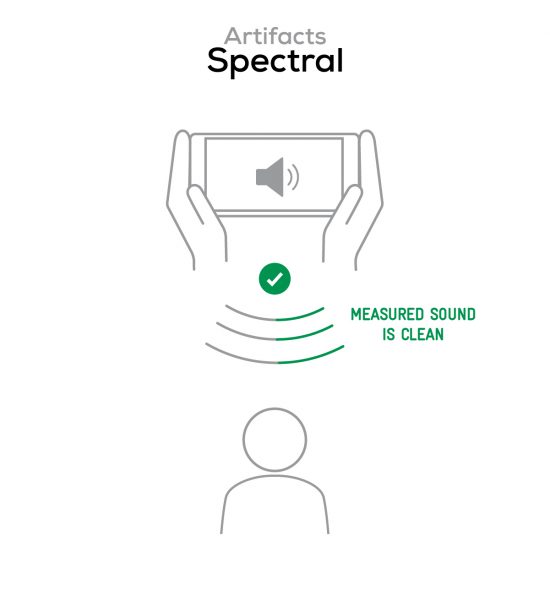
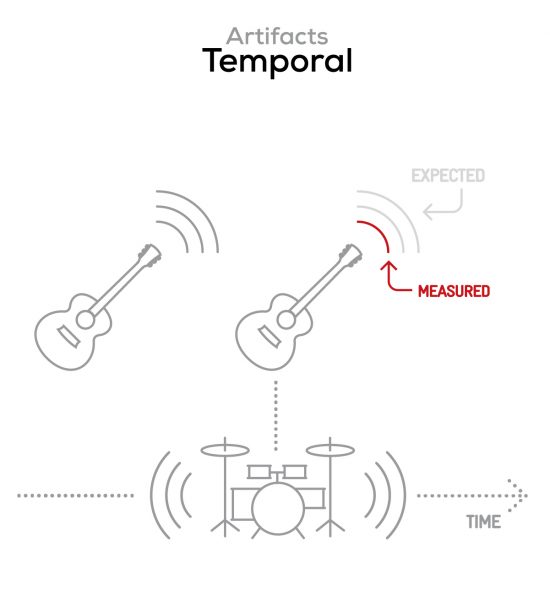
It represents the distortion and noise of the device playing our test signal (0 dB Fs, Sweep Sine in an anechoic box at 40 cm) at the device's maximum volume.
Recording
Xiaomi 13 Pro
160
DXOMARK engineers test recording by evaluating the recorded files on reference audio equipment. Those recordings are done in our labs and in real-life conditions, using default apps and settings.
The 13 Pro is also a great option for audio recording. It delivered a good timbre performance, with nice treble when recording with the main camera, natural midrange and pleasant bass. It also did very well for dynamics, thanks to good signal-to-noise ratio and envelope rendition across all use cases.
The localizability of individual sound sources in the scene was great, and recordings offered a realistic distance rendition. While not impressive, the wideness of the captured sound scene was still good. This Xiaomi model also offered good recording loudness, especially with the memo app. Loudness was also good when recording with the main camera app, regardless of device orientation. Unwanted recording artifacts were overall well under control, but at high sound pressure levels, our testers noticed heavy compression that could result in pumping and distortion. Our testers also noticed a slight lack of high-end extension in the background tonal balance, but on the plus side, the background remained largely free of artifacts.
Here is how the Xiaomi 13 Pro performs in recording use cases compared to its competitors:

Timbre
Xiaomi 13 Pro
147
The Timbre score represents how well a phone captures sounds across the audible tonal range and takes into account bass, midrange, treble, and tonal balance. It is the most important attribute for recording.

Dynamics
Xiaomi 13 Pro
146
The Dynamics score measures the accuracy of changes in the energy level of sound sources, for example how precisely a voice's plosives (the p's, t's and k's, for example) are reproduced. The score also considers the Signal-to-Noise Ratio (SNR), for example how loud the main voice is compared to the background noise.
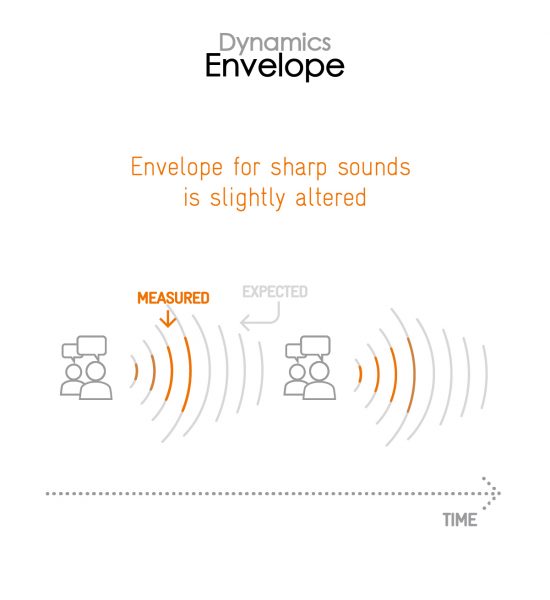
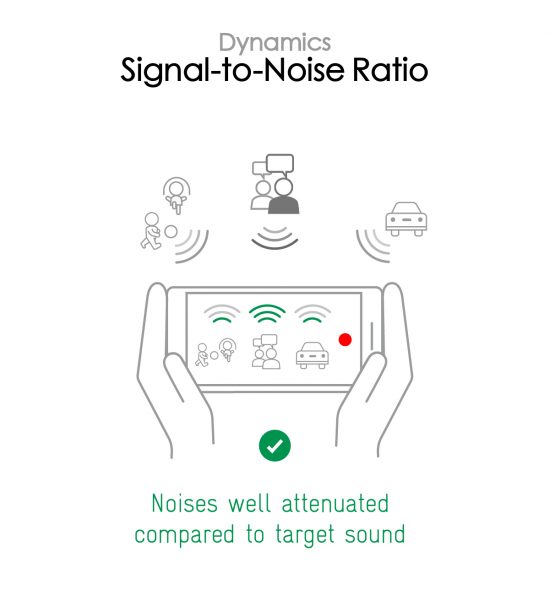

Spatial
Xiaomi 13 Pro
159
The sub-attributes for spatial tests include pinpointing a specific sound's location, its positional balance, distance, and wideness on the recorded audio files.
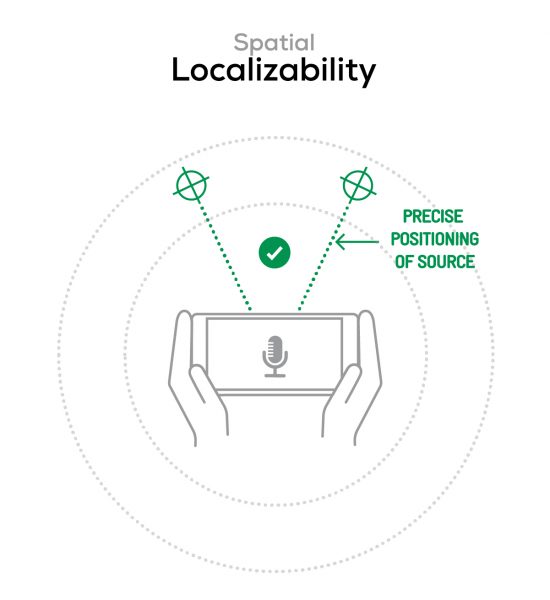
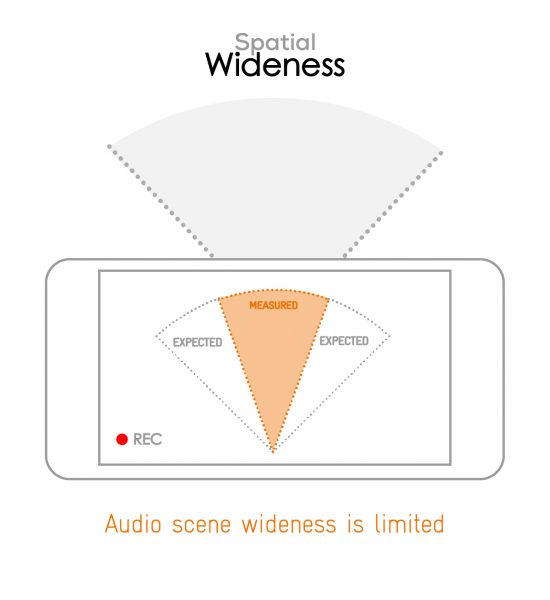

Volume
Xiaomi 13 Pro
170
The Volume score represents how loud audio is normalized on the recorded files and the how the device handles loud environments, such as electronic concerts, when recording.
| Meeting | Life Video | Selfie Video | Memo | |
| Xiaomi 13 Pro | -23.6 LUFS | -25 LUFS | -23.9 LUFS | -18.8 LUFS |
| Apple iPhone 14 Pro | -26 LUFS | -22.9 LUFS | -19.2 LUFS | -19.6 LUFS |
| Xiaomi 12T Pro | -30.3 LUFS | -21.8 LUFS | -20.2 LUFS | -25.3 LUFS |

Artifacts
Xiaomi 13 Pro
145
The Artifacts score measures the extent to which the recorded sounds are affected by various types of distortions. The higher the score, the less the disturbances in the sound are noticeable. Distortions can occur because of sound processing in the device and the quality of the microphones, as well as user handling, such as how the phone is held.
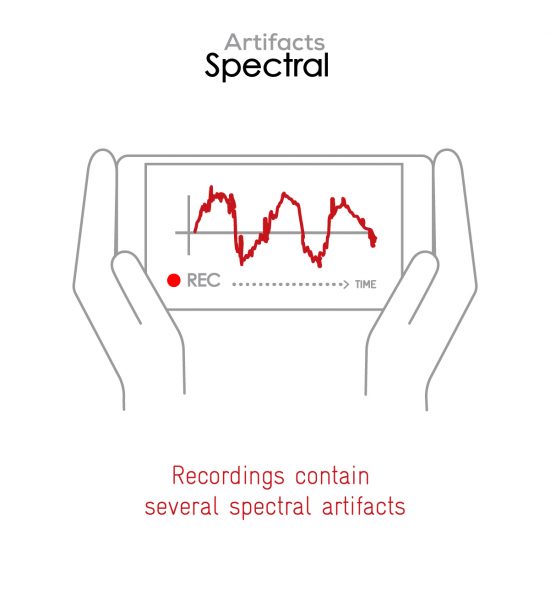
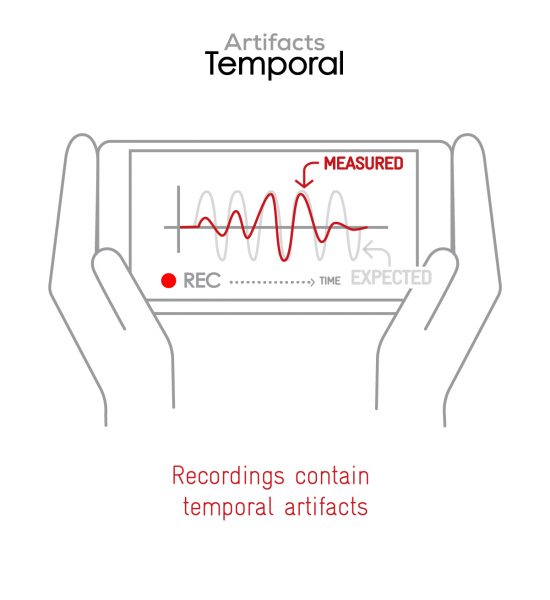
In this audio comparison, you can listen to the way this smartphone handles wind noise relative to its competitors:

Background
Xiaomi 13 Pro
166
Background evaluates how natural the various sounds around a voice blend into the video recording file. For example, when recording a speech at an event, the background should not interfere with the main voice, yet it should provide some context of the surroundings.
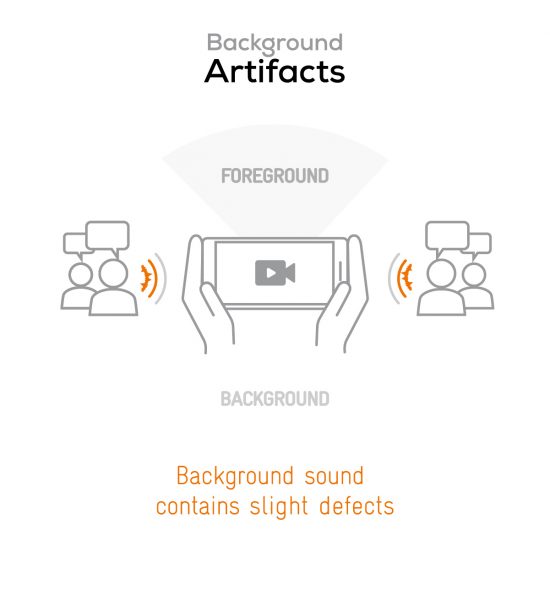
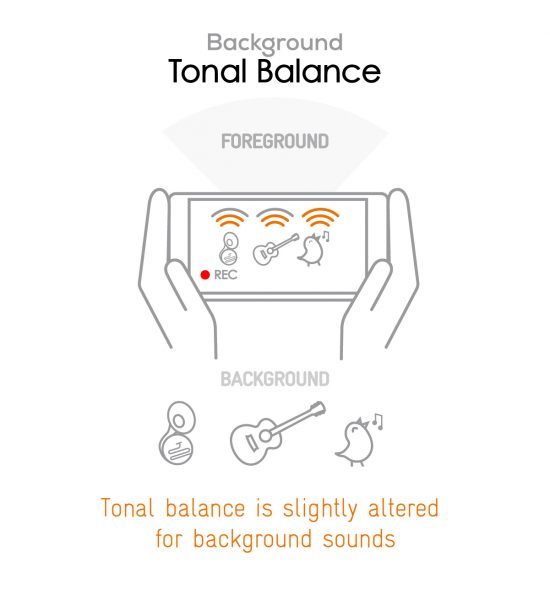


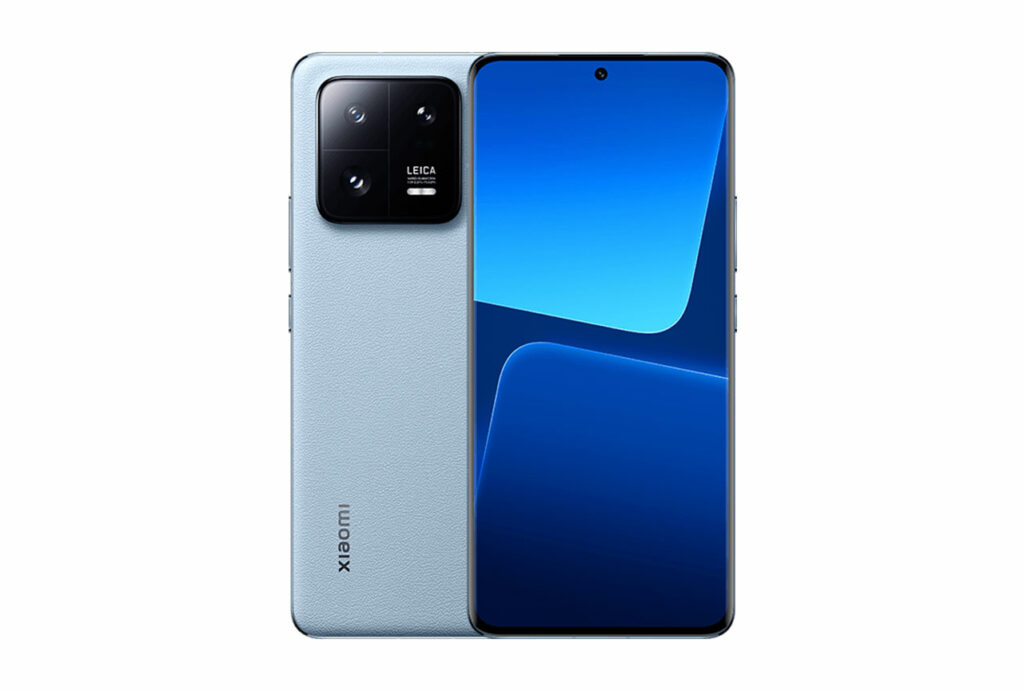
DXOMARK encourages its readers to share comments on the articles. To read or post comments, Disqus cookies are required. Change your Cookies Preferences and read more about our Comment Policy.